Introduction of African Kenyan coffee bean flavor what to do if Kenyan AA coffee is too sour?

Professional coffee knowledge exchange more coffee bean information please follow the coffee workshop (Wechat official account cafe_style)
When it comes to the obvious sour coffee bean producing areas, coffee fans can think of Ethiopia, but in addition to the citrus citric acid of Ethiopia, the wumei and sour flavor of neighboring Kenyan coffee beans are also very popular with Qianjie coffee fans. Although the development of coffee in Kenya is later than that in Ethiopia, it has jumped into the boutique coffee market with its superb washing technology and pleasant sour coffee beans. Then this article on Qianjie will talk about the sour quality of Kenyan coffee.
Why Kenyan coffee beans are sour
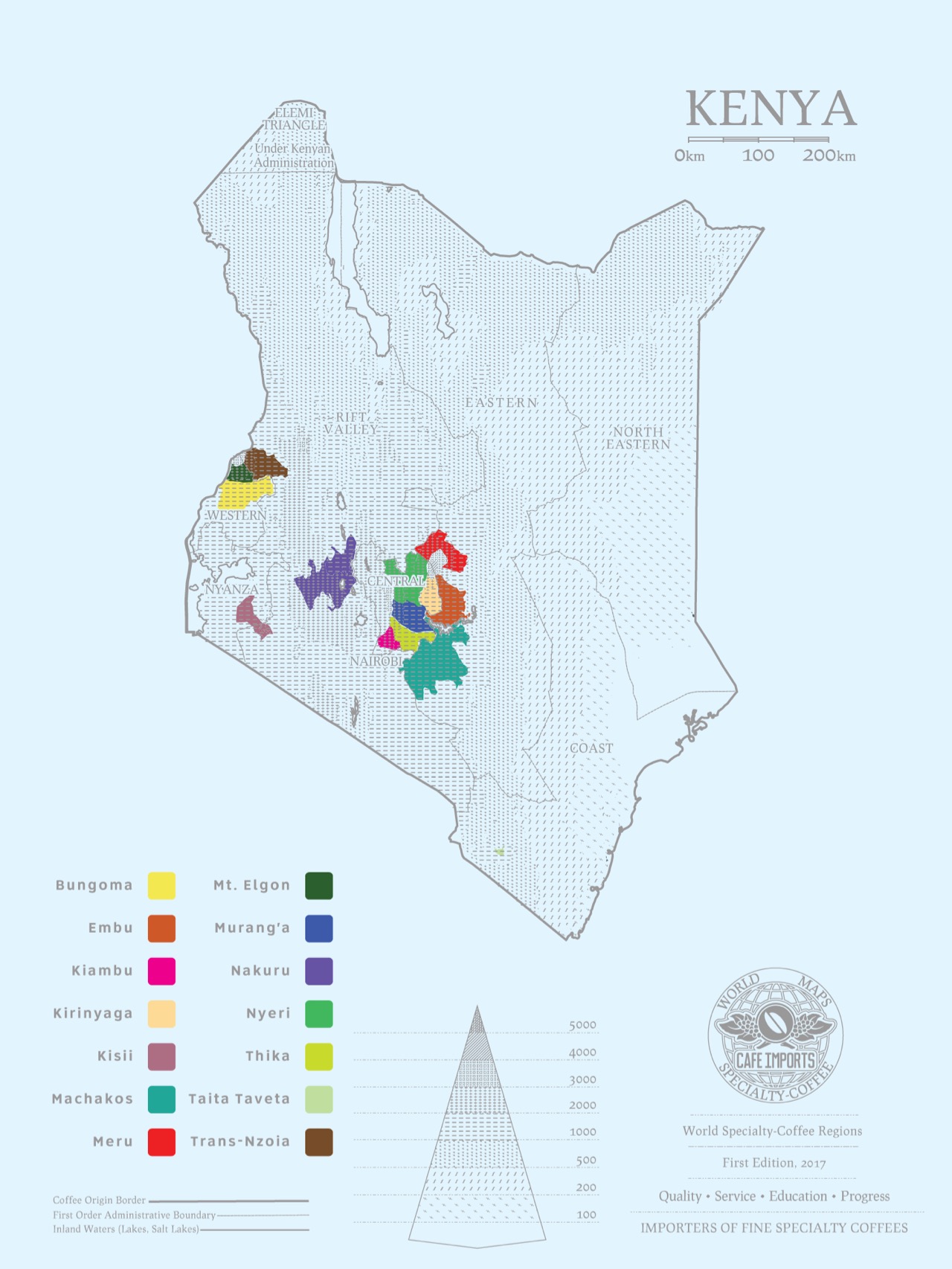
Coffee fans all know that African coffee beans in the three major coffee producing areas are famous for their acidity. Kenya is located in eastern Africa and borders Ethiopia, but they are completely different in the expression of acidity. Kenya's coffee history was not introduced by British colonists until near the 20th century, although it started very late, but under colonial rule, whether it was the coffee cultivation mechanism or the classification system. Have established the Kenyan coffee can go to the boutique market, and enjoy a world-renowned coffee status.
Then why does Kenyan coffee have pleasant acidity? Qianjie believes that it has a lot to do with the local superb washing technology, because washing itself can highlight the original taste of coffee beans, remove miscellaneous smells, and make coffee beans brighter and cleaner in flavor performance. For example, the famous Jamaican Blue Mountain Coffee has been occupying the coffee market with washed Blue Mountain Coffee, capturing the hearts of coffee fans. On the other hand, the Kenyan law of washing treatment has been upgraded to a level based on washing treatment, which is called K72 washing treatment.
Kenya K72 washing treatment method
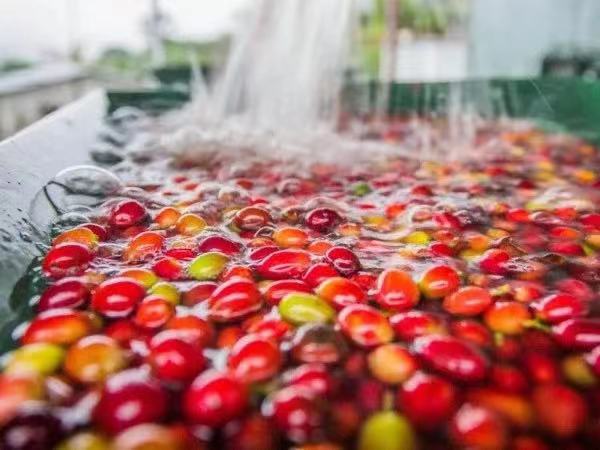
Kenyan water washing is a cyclic repeated treatment of coffee fruit after fermentation; first, coffee farmers will harvest and select the best quality coffee cherries, peel and ferment, ferment for 24 hours, and then wash them with clean river water 24 hours later. How to ferment with clean river water for 24 hours, then wash it, and repeat the cycle 3 times for 72 hours, so it is called Kenyan 72-hour fermentation water washing treatment, referred to as K72. This treatment allows coffee beans to ferment for a long time at low temperatures, so they can have a brighter, cleaner and fuller flavor.
Kenyan coffee bean varieties
Secondly, the varieties of Kenyan coffee beans also contribute to the excellent acidity of Kenyan coffee beans. The article before Qianjie also said that the three main reasons that affect the flavor of a coffee bean are coffee producing area, variety and treatment, while Kenyan coffee beans are mainly coffee beans derived from hybrids of Ethiopian native species and bourbon varieties, called sl28 and sl34. Secondly, the main varieties planted in Kenya are SL-28, SL-34, Ruiru11 and Batian. SL-28,SL-34
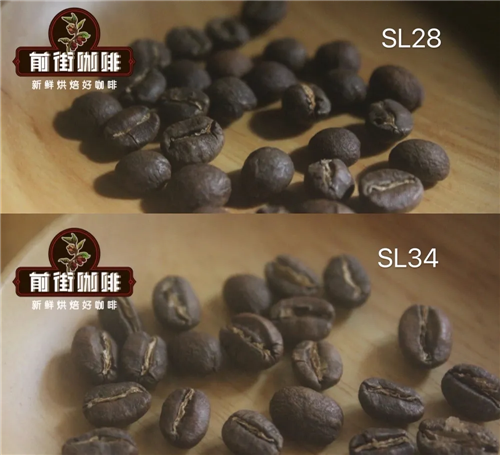
SL actually stands for Scott Labs,Scott Laboratories, Scott Lab. In the 1930s, Scott Lab was commissioned by the Kenyan government to conduct research on the classification of coffee breeding, trying to find varieties that can adapt to Kenyan soil, can be used for large-scale cultivation and have commercial value. SL-28,SL-34 is one of many research results. The organization was active in the 1930s and 1960s, but it no longer exists.
The SL series, based on the ancient species of Mocha in Yemen and the bourbon species on the island of Reunion, now accounts for the majority of Kenyan coffee production, while SL-28 has a higher reputation, higher SL-34 harvests and slightly lower elevations.
According to botanists in SL laboratory, SL28 and SL34 are genetic variants. Among them, SL28 has the mixed pedigree of Moka and Yemeni Tibica. The goal of cultivating SL28 was to mass produce coffee beans with high quality and resistance to diseases and insect pests.
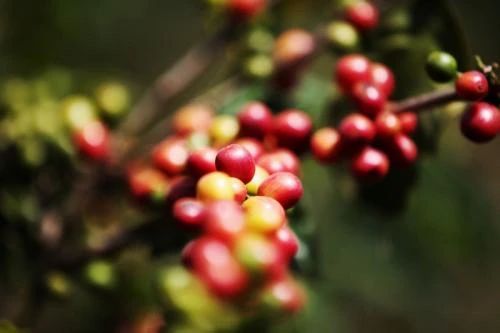
Although the yield of SL28 was not as large as expected, it has been spread to this day because of the copper leaf color and broad bean-shaped beans with great sweetness, balance and complex flavor, as well as significant citrus and black plum characteristics. This is the main reason why Kenyan coffee is rich in pleasant acidity.
While SL34 is similar to SL28 in flavor, except for its complex acidity and great sweetness, it is heavier, more full-bodied and cleaner than SL28. SL34 has bourbon and more Tibica blood. Beans look similar to SL28, but are more likely to survive, such as adapting to sudden heavy rain.
Ruiru11
Ruiru appeared after SL28 and SL34, and Qianjie learned that it was in the 1970s, when Ruiru began to try to cultivate different CBD and rust-resistant varieties. The result is Ruiru11, which was released in the 1980s. High yield, CBD and antirust properties seem to be the solution to all coffee production problems in Kenya.
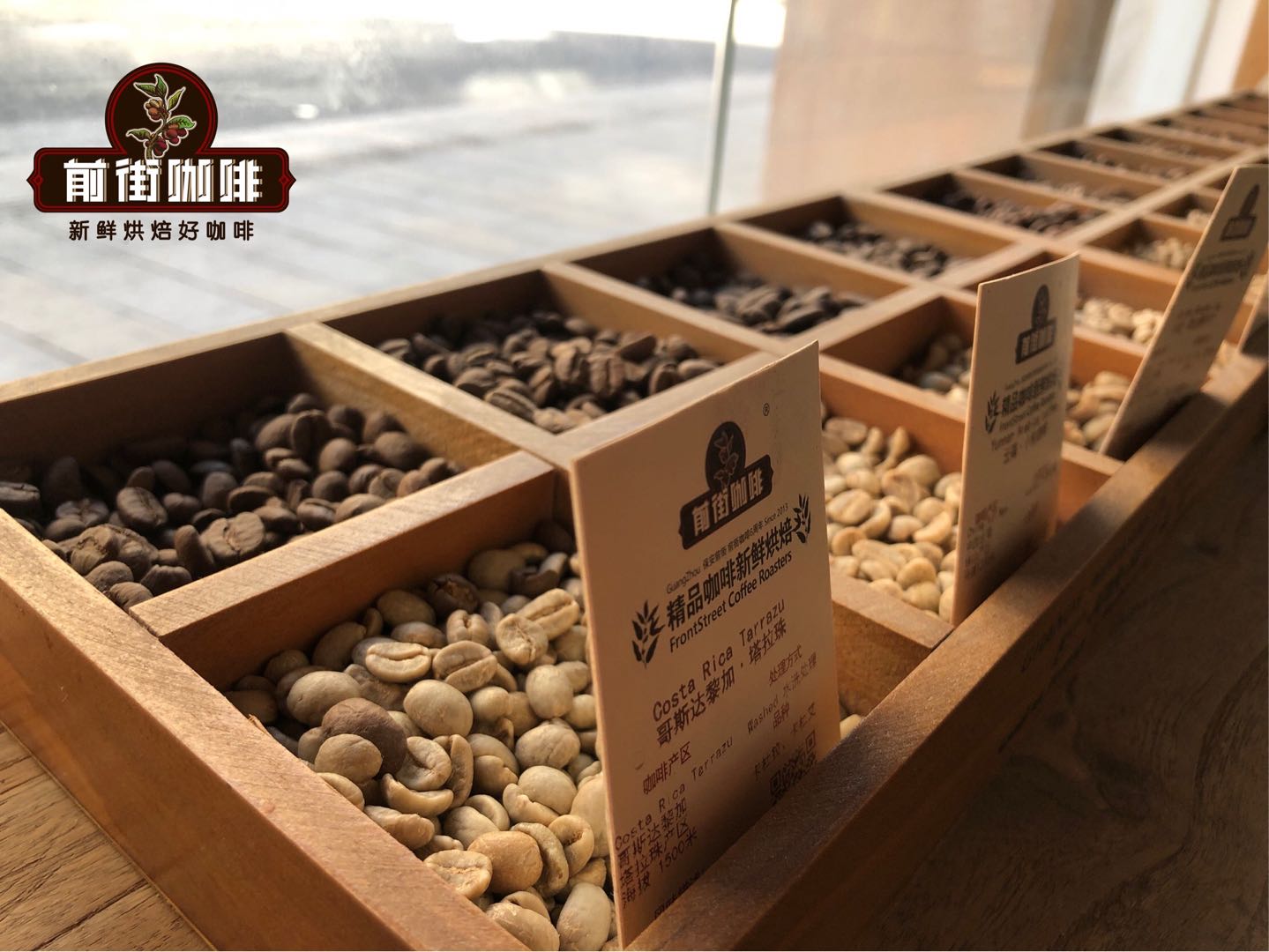
Batian
The Batian variety was launched by the Coffee Research Institute (CRI) on September 8, 2010. it is also the latest variety offered in Kenya. It is a further experiment based on lessons learned from Ruiru11. Genetically speaking, it is essentially selected from the backcross between SL28 and SL34, and is closer to SL28 than Ruiru 11. Thus, this eliminates the elements of the problematic Robusta varieties of coffee beans, thus improving the quality of cup testing.
Effect of baking degree on acidity of Kenyan coffee beans
As Wen Qianjiao said, the acidity of coffee is related to the variety and treatment of coffee, and then to the climate and altitude of its native soil, because coffee is acidic because coffee beans fully absorb the acid of the pulp in the process of growth and treatment. In terms of varieties, high-quality Arabica coffee beans are more acidic, so blue mountains, Kenya, Guatemala, mocha, Costa Rica and other coffee are more or less acidic. Robusta coffee beans, which are easy to grow and cheaper to grow, are hardly acidic.
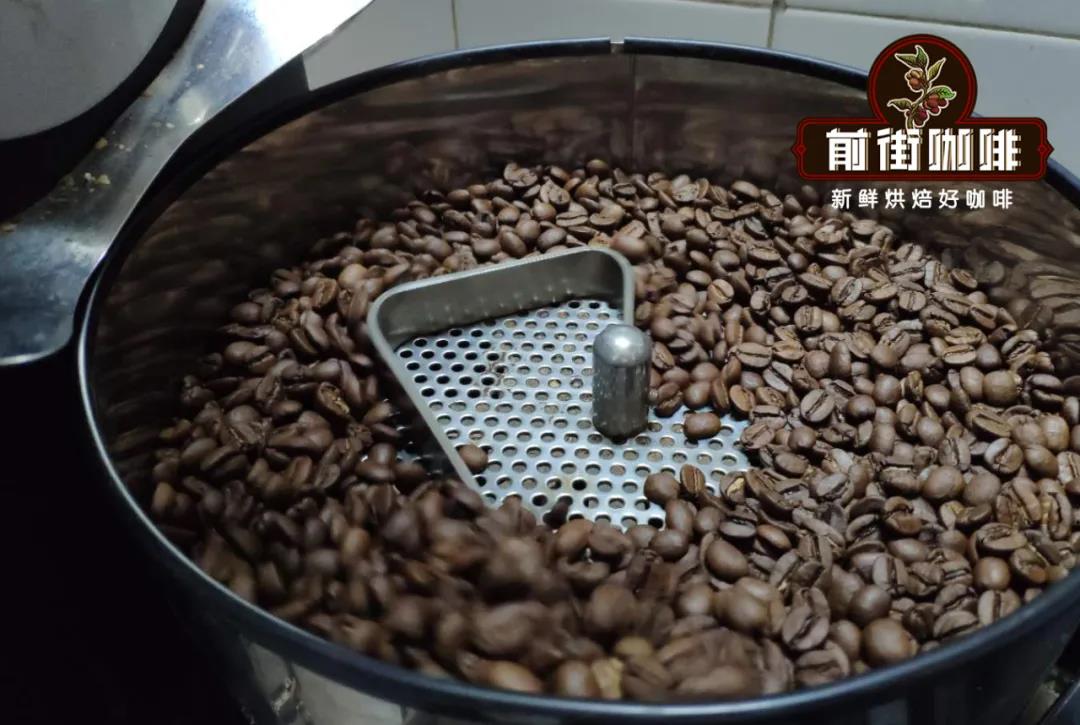
But in addition, in fact, the degree of coffee roasting can also affect the acidity of coffee to a great extent. According to the practice of Qianjie coffee roasters, the pH value of Kenyan coffee beans with lighter roasting degree is between 4.5 and 4.7, while the pH value of medium and deep roasted coffee is about 5.5, and the pH value of deep roasting coffee will be above 5.5. As far as ordinary people's taste buds are concerned, if the pH value of the beverage exceeds 5.5, it is difficult to detect its sour taste, so heavy deep baked beans are more difficult to drink sour taste.
Therefore, the depth of roasting also affects the 'bitterness' and 'sour' of coffee. The deeper the roast, the lower the acidity, and the bitterness increases, but with the deepening of roasting, the original characteristics of coffee beans will gradually decrease due to increased carbonization. So deep roasting is not suitable for coffee with obvious sour quality, which is why almost all African coffee produced in front street coffee is roasted in a light degree.
So Qianjie suggests that you like sour coffee with a rich sense of taste, and you might as well buy lightly roasted African and Central American beans, such as Kenya, Ethiopia, Yemen, Mocha, Guatemala, Costa Rica, etc., which are good sour coffee beans. People who prefer fragrant and sweet coffee can choose Asian deep-baked beans, such as Manning in Indonesia and Queen's Manor in Brazil.
The above is the relevant content about where the acidity of Kenyan coffee beans comes from in Qianjie. Next, Qianjie will share Qianjie's news and baking data about Kenyan coffee beans. Front street coffee Kenya Azaria coffee beans
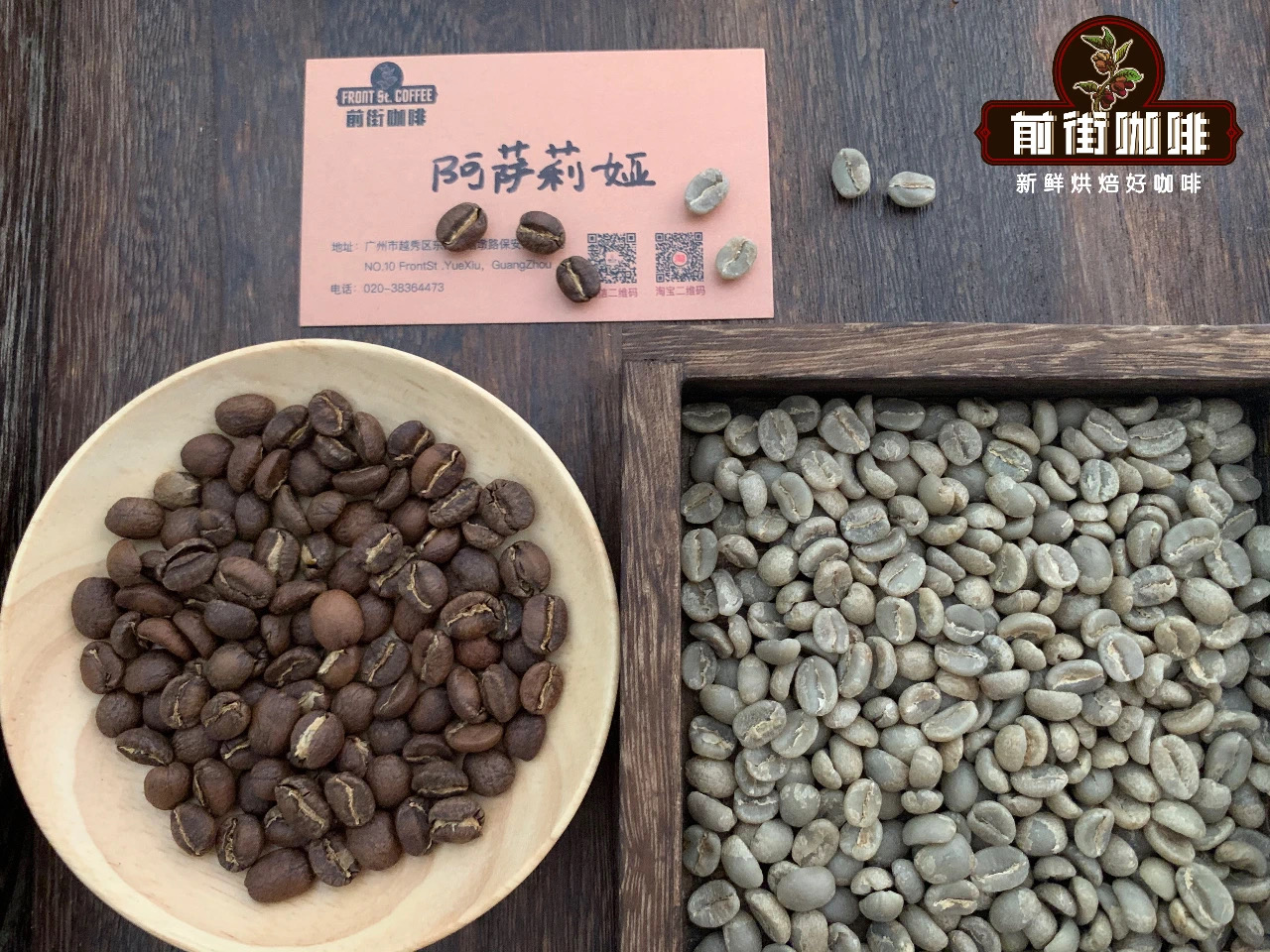
Country: Kenya
Production area: Asali (Honey processing Plant)
Altitude: 1550-1750m
Variety: SL28,SL34
Treatment method: 72 hours washing treatment
Flavor: Sydney, black plum, brown sugar, virgin fruit, Brin
Front Street Coffee PB Coffee beans in Sassini Estate, Kenya
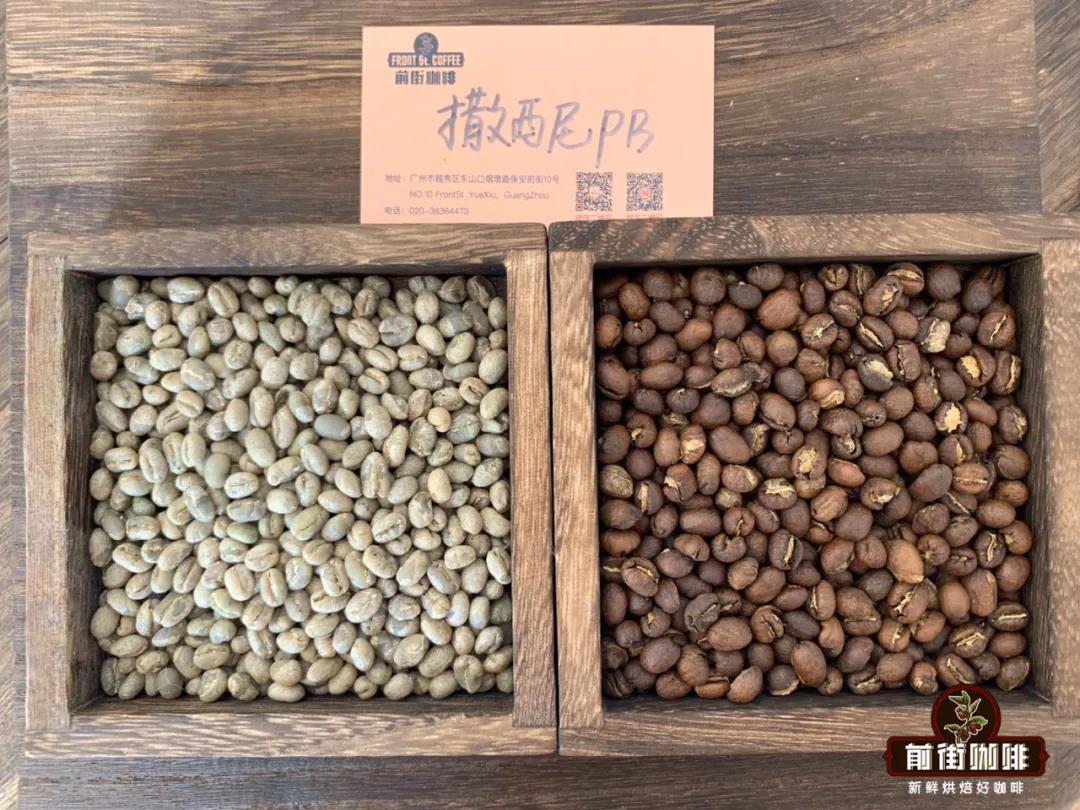
Country: Kenya
Producing area: Sassini Manor
Altitude: 1680m
Variety: SL28,SL24,riuru
Treatment method: 72 hours washing treatment
Flavor: Virgin fruit, almonds, black plums, honey, grapes
Roasting Analysis of Qianjie Coffee
Qianjie chose Kenya Sassini coffee beans for this baking. because of its high altitude and hard beans, it climbed at a higher temperature at first, turned yellow in about 5 minutes, and then reduced its firepower into the Mena reaction. reduce the firepower again to 166C to lengthen the Mena reaction time. When the first burst begins, it is highly endothermic, so it is recommended to maintain heat at this stage to prevent stagnation. The development of first explosion takes more time, which is helpful to reduce acidity and develop flavor.
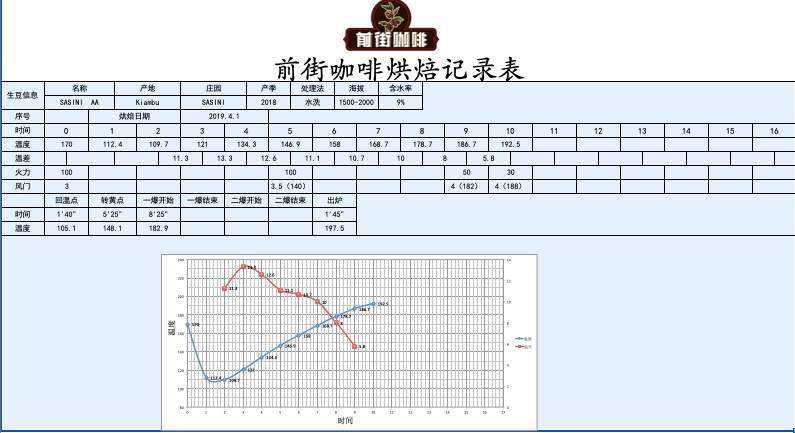
Roaster Yangjia 800N (baking capacity 300g)
The furnace temperature is 170℃ and the firepower is 100. the throttle is opened at 390 ℃, and the firepower remains unchanged. When the furnace temperature is 149℃, the bean meter turns yellow, the grass smell disappears completely, and enters the dehydration stage.
7: 14 "after dehydration, the firepower and throttle remain the same." 7: 30 "is the appearance of wrinkles and black markings on the bean table, and the smell of toast changes to coffee, which is a prelude to an explosion. At 8 '20`, the blast begins, the throttle opens 4, and the firepower is reduced to 50. After an explosion, the development time is 1: 50 ". At 188 ℃, the firepower is reduced to 30, and the temperature rises to 193.3 ℃.
Suggestion on brewing coffee in Qianjie
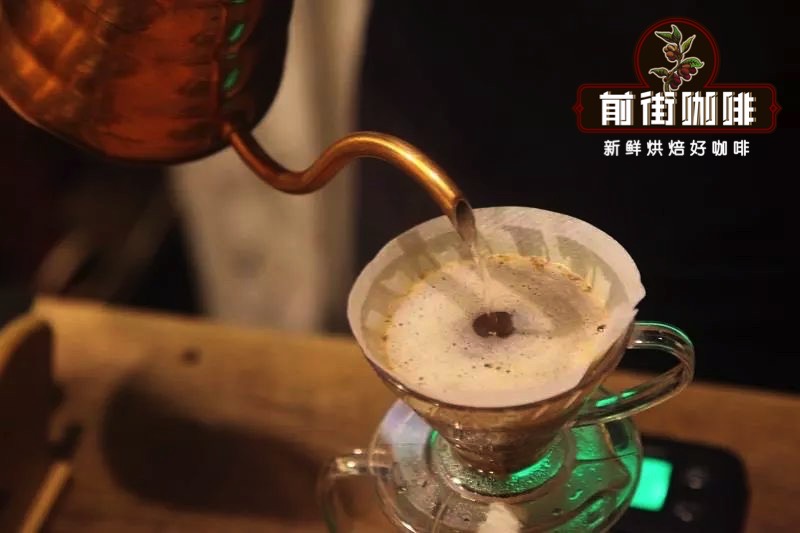
Filter cup: V60 or cake cup
Water temperature: 88-90 ℃
Powder / water ratio: 1:15
Degree of grinding: fine grinding (the pass rate of Chinese standard No. 20 screen is 80%)
Flushing and cooking technique: segmented extraction. Steam with 30 grams of water for 30 seconds, small water flow around the circle to 124 grams for sectional injection, when the water level is about to expose the powder bed, continue to inject water to 228 grams to stop injection, and so on when the water level drop is about to expose the powder bed, remove the filter cup, (the time of steaming starts) the extraction time is 1 minute 39 percent 55 ".
When boiled in a V60 filter cup, it smells floral, with sour notes of virgin fruit, citrus, nuts, cream in the middle, brown sugar, cocoa and oolong tea. The flavor level is relatively rich, the flower smell is obvious; when cooking with the cake filter cup, it smells herbaceous and virgin fruit, the overall fruit juice feeling is obvious, the sour taste is more lively.
For more boutique coffee beans, please add private Qianjie coffee on Wechat. WeChat account: kaixinguoguo0925
Important Notice :
前街咖啡 FrontStreet Coffee has moved to new addredd:
FrontStreet Coffee Address: 315,Donghua East Road,GuangZhou
Tel:020 38364473
- Prev
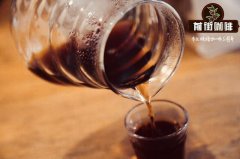
How to describe the flavor of Rosa Coffee in Rosa Village _ recommended by Rosa Village Coffee beans how much is Rosa Coffee
Professional coffee knowledge exchange more coffee bean information please follow the coffee workshop (Wechat official account cafe_style) Gesha Village Rosa Village Coffee Lot 77 Oma Block Ethiopia brothel Village 2017 bidding lots 77 batches of sun-dried aroma is grapefruit aroma the first taste is grapefruit juice or peeled yo and then with a little bit of banana
- Next
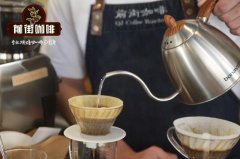
Local Rose Summer Evaluation | introduction to the flavor characteristics of Rosa coffee beans in Rosa Village _ Coffee Price report in Rose Village
Professional coffee knowledge exchange more coffee bean information please follow the coffee workshop (Wechat official account cafe_style) African-style scaffolding sun treatment rosy summer village coffee if the November 2016 coffee show did not miss the wonderful lecture of William Bout (Willem Boot), I believe that William Bout's turning dream of coffee farmers and geisha's journey to find roots must be impressed by this bean.
Related
- Detailed explanation of Jadeite planting Land in Panamanian Jadeite Manor introduction to the grading system of Jadeite competitive bidding, Red bid, Green bid and Rose Summer
- Story of Coffee planting in Brenka region of Costa Rica Stonehenge Manor anaerobic heavy honey treatment of flavor mouth
- What's on the barrel of Blue Mountain Coffee beans?
- Can American coffee also pull flowers? How to use hot American style to pull out a good-looking pattern?
- Can you make a cold extract with coffee beans? What is the right proportion for cold-extracted coffee formula?
- Indonesian PWN Gold Mandrine Coffee Origin Features Flavor How to Chong? Mandolin coffee is American.
- A brief introduction to the flavor characteristics of Brazilian yellow bourbon coffee beans
- What is the effect of different water quality on the flavor of cold-extracted coffee? What kind of water is best for brewing coffee?
- Why do you think of Rose Summer whenever you mention Panamanian coffee?
- Introduction to the characteristics of authentic blue mountain coffee bean producing areas? What is the CIB Coffee Authority in Jamaica?

